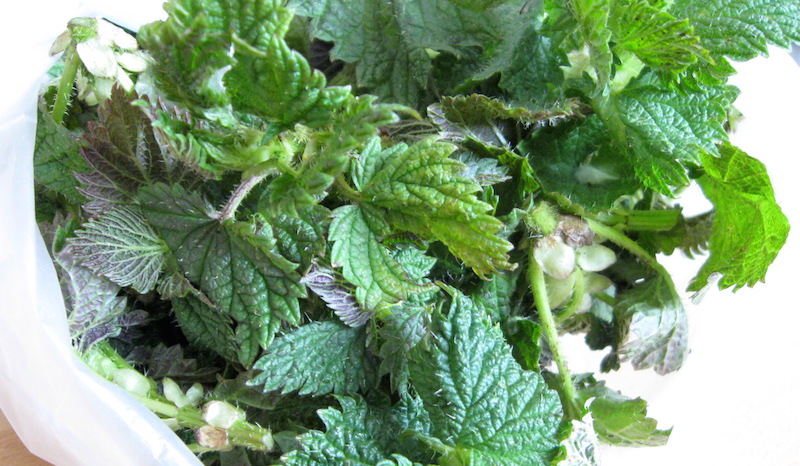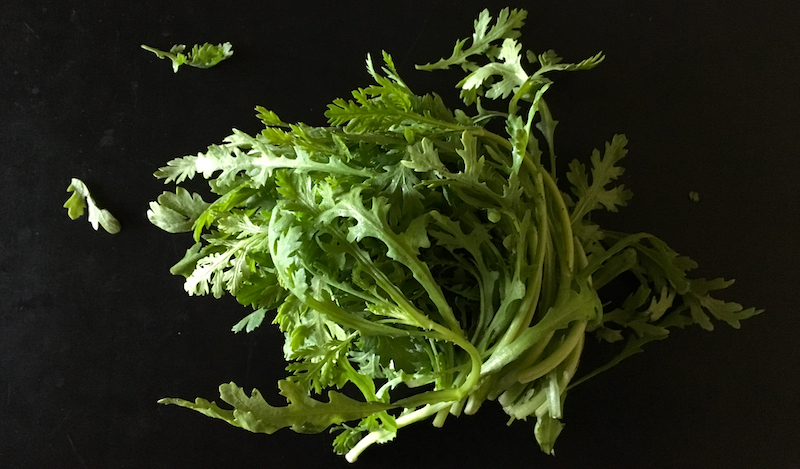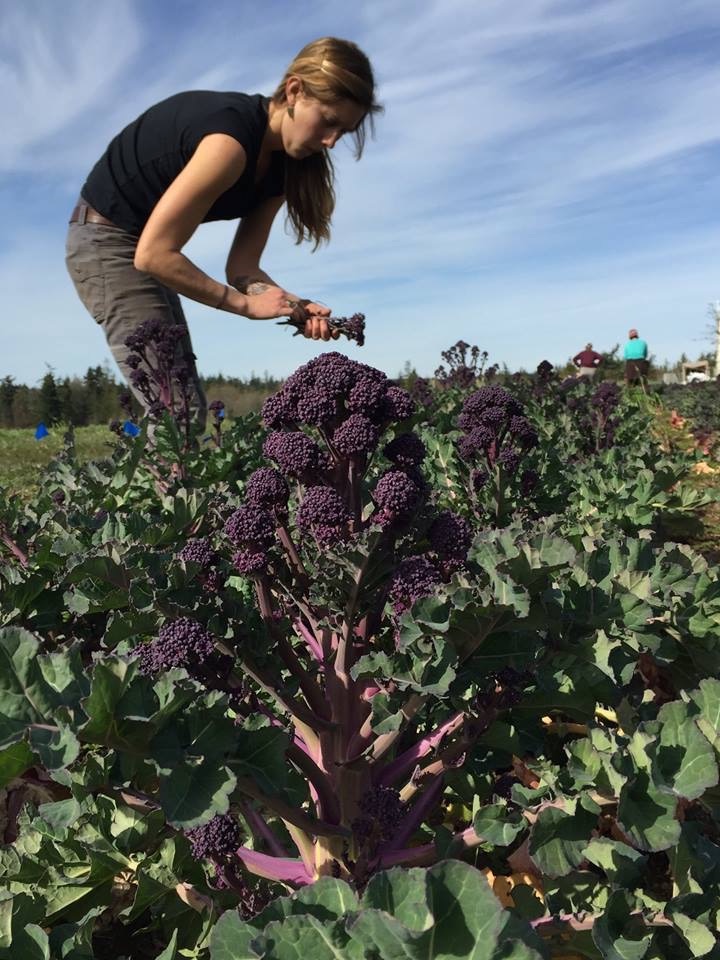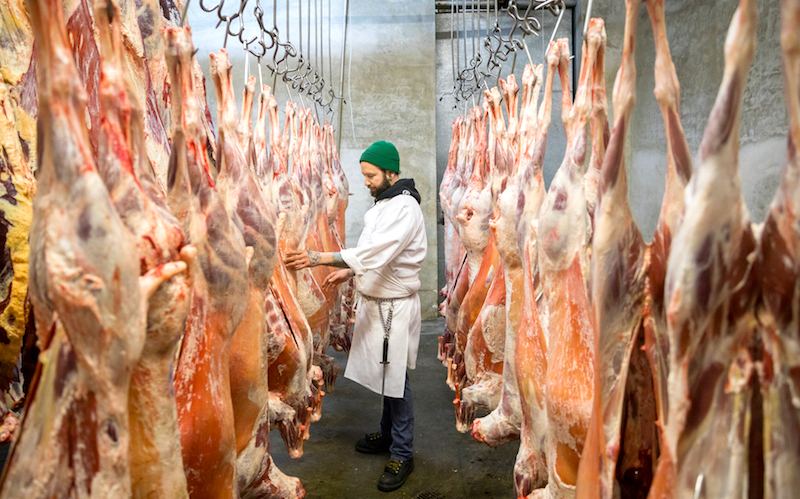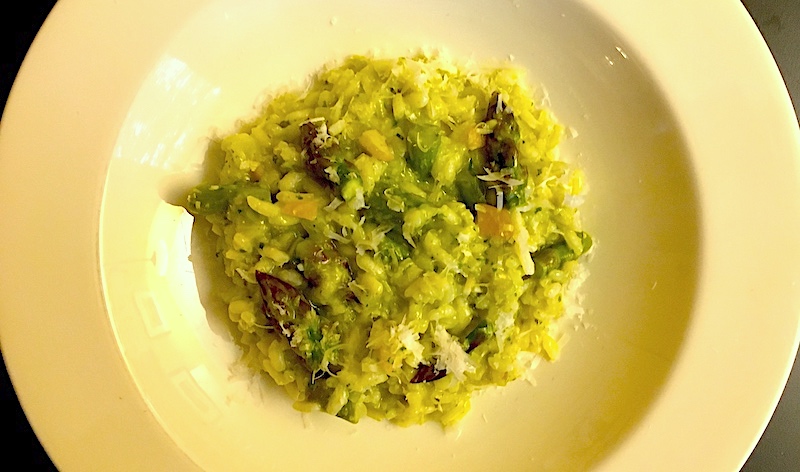
Being Green: Asparagus and Sorrel Risotto
Author's Note: First of all, apologies for not posting for so long…having a new puppy will do that to a schedule! Waking up an hour earlier every day, taking the youngster outside every hour for potty breaks, plus the exercise it takes to tire out a nine-month-old—fortunately we've found out he loves to play soccer—has filled up our days but limited my writing time. (And we wouldn't trade the experience for the world!)
Plus it's spring! I've been seriously indulging in asparagus at every opportunity, mostly in the simplest way possible (puppy, remember?), that is, drizzled with olive oil and pan roasted in a 350° oven for 20 minutes, then served with a squirt of lemon. Heaven!
But when I've had that umpteen times and want to change it up a little, I'll make a risotto that does double duty as a main dish and veg…though if someone in your household happened to grill up some salmon or chicken to go alongside, that would be hard to turn down.
Asparagus Risotto with Sorrel Pesto and Preserved Lemon
For the pesto:
2 c. sorrel leaves (some peppery arugula or spinach would be fine, too)
2 c. cilantro or parsley
3 cloves garlic
1/4 c. pine nuts or filberts (aka hazelnuts)
1/2 c. olive oil
1/2 c. grated parmesan
For the risotto:
1 lb. asparagus, peeled, trimmed and cut into one-inch-long pieces, tips reserved
2 Tbsp. extra virgin olive oil
3 Tbsp. butter or margarine
1/2 onion, diced
1 Tbsp. garlic, finely chopped
2 c. arborio rice
1 c. white wine
4 c. chicken or vegetable stock
1/2 c. sorrel pesto
1/2 c. grated Parmesan cheese
1/2 c. preserved lemon, chopped (or zest of one lemon)
Salt to taste
To make the pesto, place the sorrel, cilantro, garlic and pine nuts in the bowl of a food processor. Begin processing while slowly adding the olive oil until the mixture is a smooth purée, scraping down as necessary with a spatula. Remove to a bowl and stir in the half cup of parmesan.
Clean the processor, then put half of the chopped asparagus stalks in the food processor and add just enough water to make a smooth purée; set aside.
Put stock in a medium saucepan over very low heat. Then, in a deep skillet or large saucepan, heat oil and butter over medium heat. When it is hot, add onion and garlic, stirring occasionally until it softens, 3 to 5 minutes.
Add rice and cook, stirring occasionally, until it is glossy, about 2 to 3 minutes. Add white wine, stir, and let liquid absorb into the rice. Add warmed stock, 1/2 cup or so at a time, stirring occasionally. Each time stock has just about absorbed into the rice, add more.
When you have used about half the stock, add the puréed asparagus and asparagus tips, then continue to add stock as necessary. In 5 minutes or so, begin tasting rice. You want it to be tender but with a bit of crunch; it could take as long as 30 minutes total to reach this stage. Add a half cup of the pesto, preserved lemon and parmesan and stir briskly, then remove from heat. Taste and adjust salt. (Risotto should be slightly soupy.) Serve immediately.

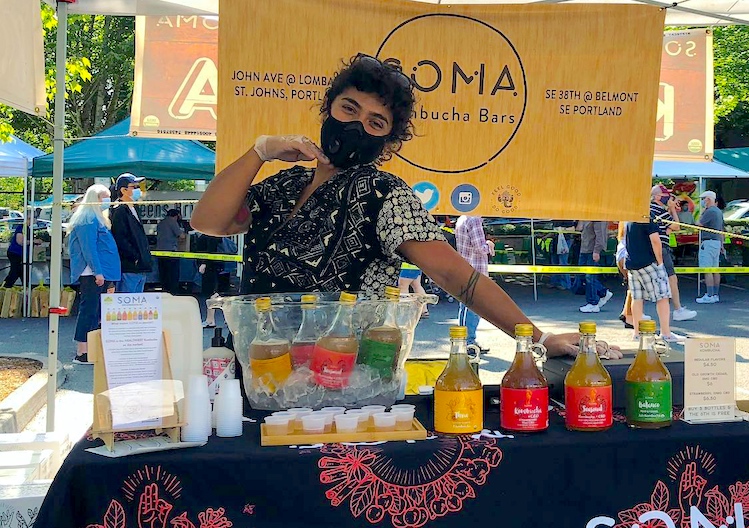 "We have confirmation today from Oregon Department of Agriculture (ODA) that markets and other businesses should not be making changes before getting new guidance from Oregon Health Authority [OHA]," a
"We have confirmation today from Oregon Department of Agriculture (ODA) that markets and other businesses should not be making changes before getting new guidance from Oregon Health Authority [OHA]," a "On May 18, OHA released updated guidance about mask and physical distancing requirements for individuals fully vaccinated against COVID-19.
"On May 18, OHA released updated guidance about mask and physical distancing requirements for individuals fully vaccinated against COVID-19.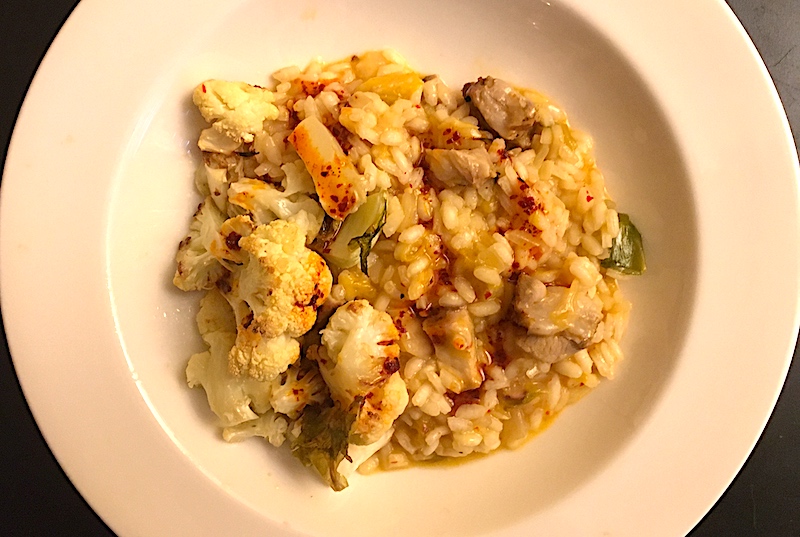
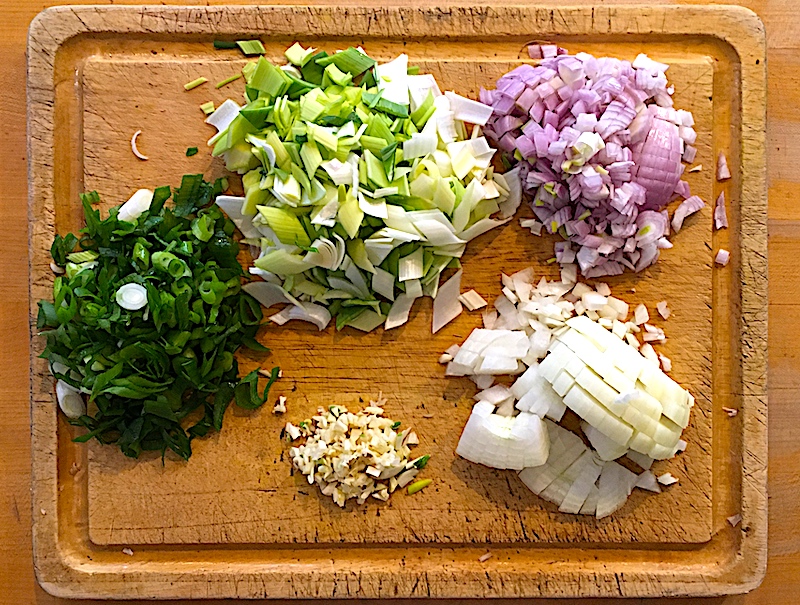
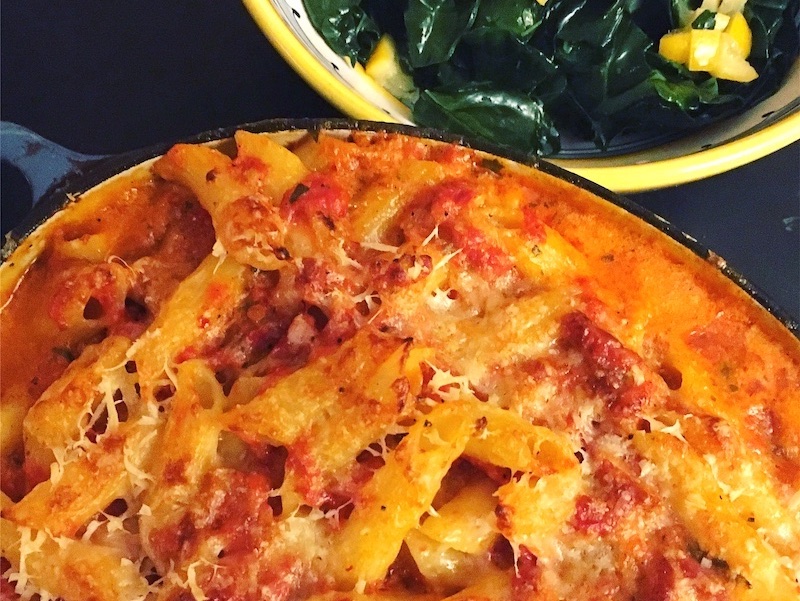


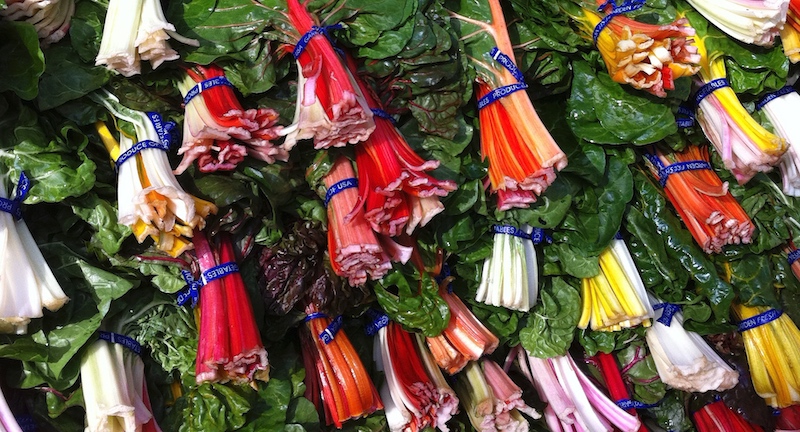

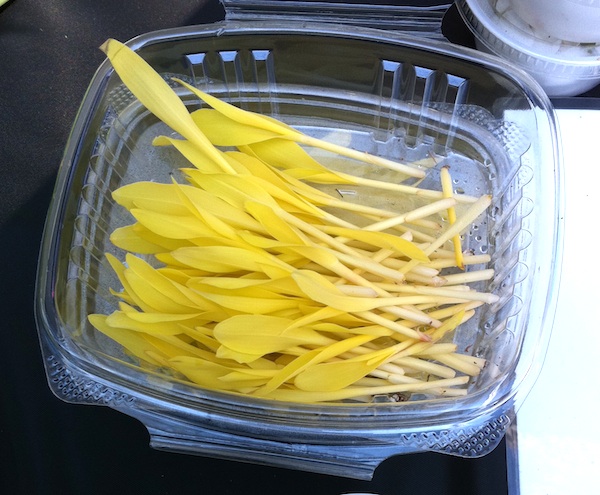
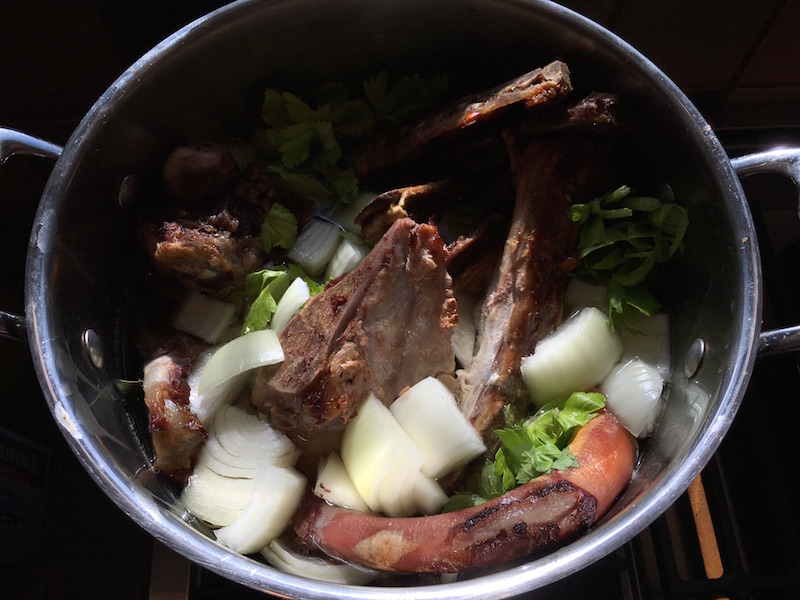
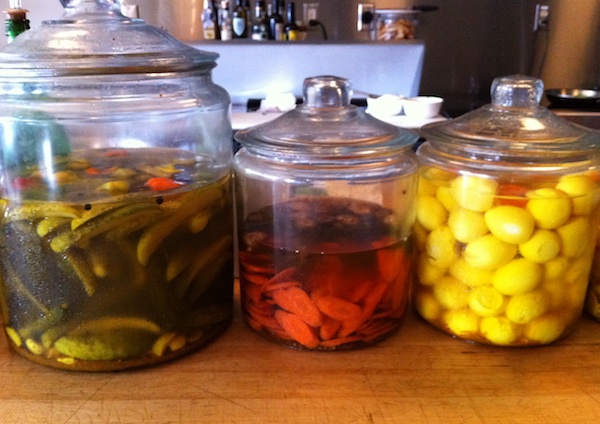
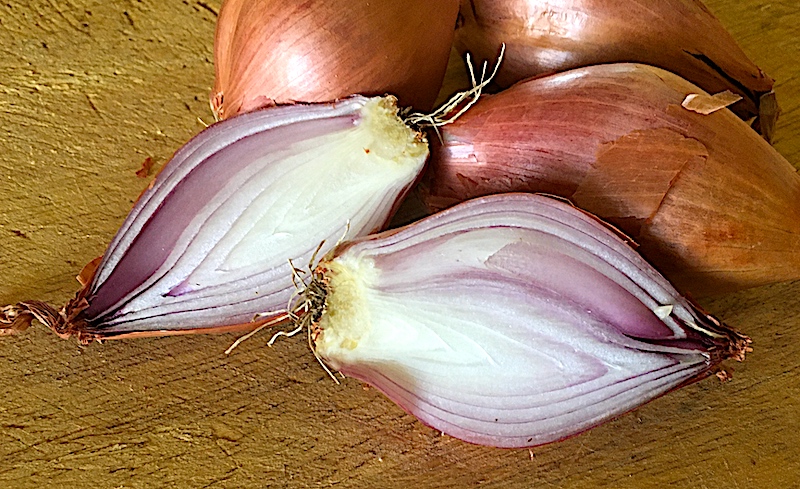
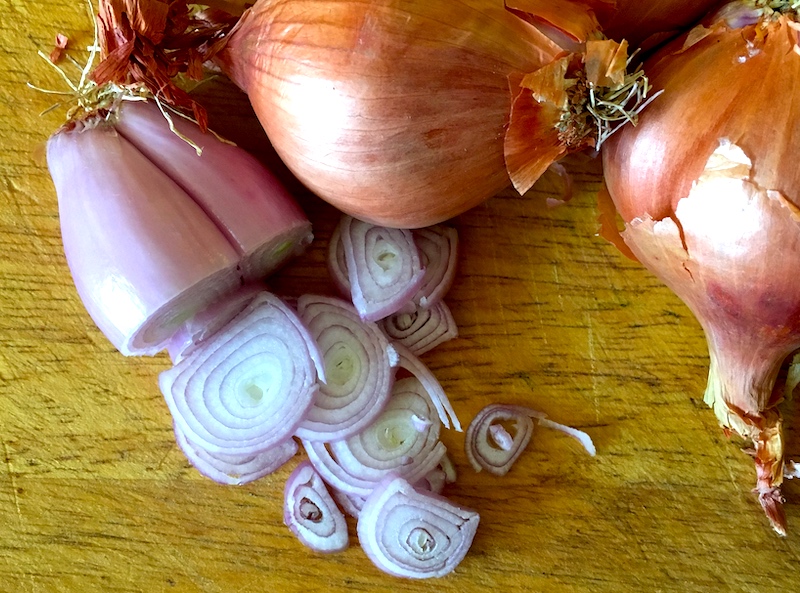 Shallots have a delicate, sweet flavor without the intense heat of an onion. They are preferable over onions in raw applications such as salad dressings and vinaigrettes. Finely diced, they provide a subtle bite to pan sauces and are delicious roasted whole, or pickled as a garnish. Shallots are ubiquitous in Vietnamese cooking, especially pho, where they are combined with ginger to give pho its unique taste and fragrance.
Shallots have a delicate, sweet flavor without the intense heat of an onion. They are preferable over onions in raw applications such as salad dressings and vinaigrettes. Finely diced, they provide a subtle bite to pan sauces and are delicious roasted whole, or pickled as a garnish. Shallots are ubiquitous in Vietnamese cooking, especially pho, where they are combined with ginger to give pho its unique taste and fragrance. 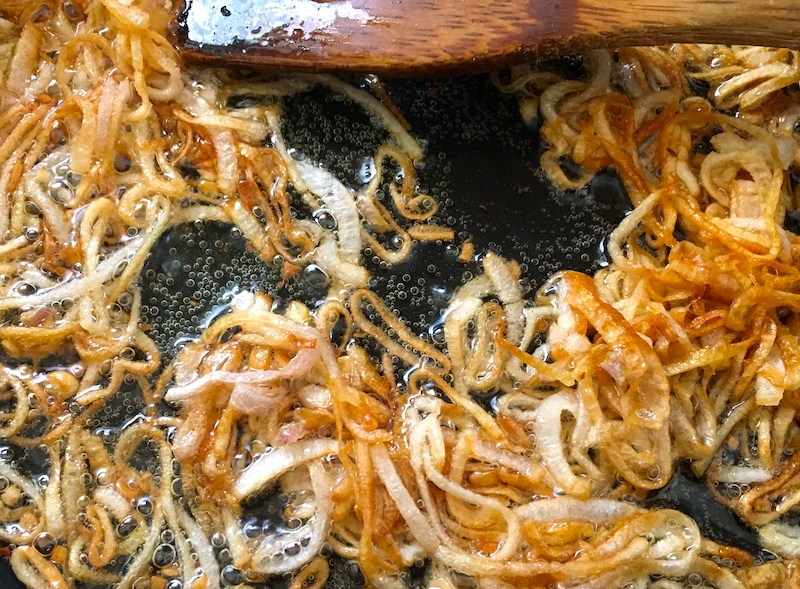 Frying shallots turns them into crispy, flavor-packed clusters that are good on almost anything. (This is not an exaggeration.) Beaverton Farmers Market Master Ginger Rapport keeps a container of them in her refrigerator at all times. Their caramelized flavor and crunchy texture adds sparkle to salads, potatoes, roasted or steamed vegetables, grain bowls, omelets, steaks, deviled eggs and avocado toast. Chopped, they can be added to dips or combined with mayonnaise as a sandwich spread. Bring cottage cheese to life with a sprinkling of fried shallots on top.
Frying shallots turns them into crispy, flavor-packed clusters that are good on almost anything. (This is not an exaggeration.) Beaverton Farmers Market Master Ginger Rapport keeps a container of them in her refrigerator at all times. Their caramelized flavor and crunchy texture adds sparkle to salads, potatoes, roasted or steamed vegetables, grain bowls, omelets, steaks, deviled eggs and avocado toast. Chopped, they can be added to dips or combined with mayonnaise as a sandwich spread. Bring cottage cheese to life with a sprinkling of fried shallots on top. 



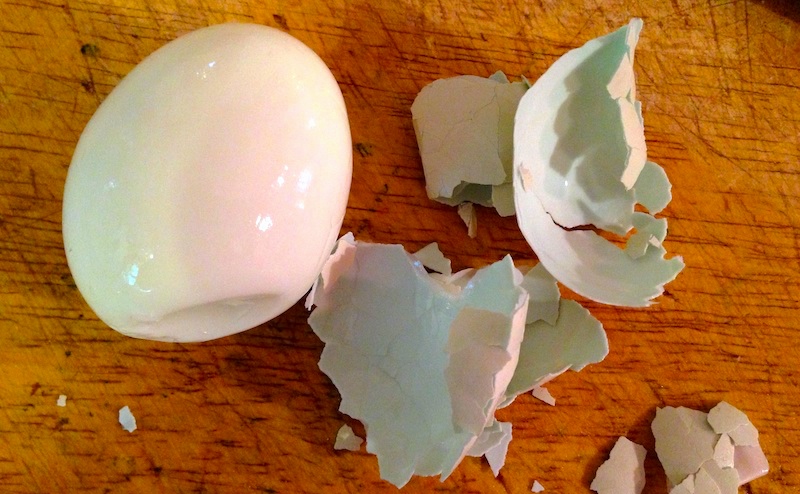
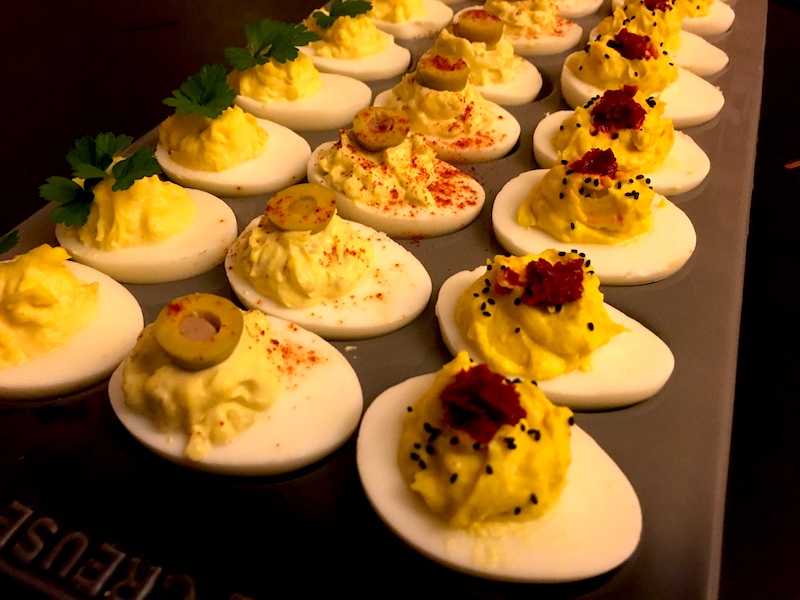 One of the joys of using fresh eggs from pasture-raised hens is their flavor, that indescribably eggy brightness that comes from the chickens' diet of grass, bugs and minerals found in the soil around them. Their unctuous, velvety texture and brilliant deep yellow-orange color would have—and probably did—set Van Gogh's heart aflutter.
One of the joys of using fresh eggs from pasture-raised hens is their flavor, that indescribably eggy brightness that comes from the chickens' diet of grass, bugs and minerals found in the soil around them. Their unctuous, velvety texture and brilliant deep yellow-orange color would have—and probably did—set Van Gogh's heart aflutter. And yes, anyone who's cracked open a fresh-from-the-hen egg will notice that the white does cling to the shell much more tenaciously that its sad, store-bought sibling. That's because eggs in the grocery coolers, even those labeled as "pasture-raised," can be up to a month old when you get them home. (The above-mentioned writer even suggested buying store eggs, then keeping them in the fridge for "seven to ten days." That would mean they could be up to a month-and-a-half old. Imagine how great those would taste!)
And yes, anyone who's cracked open a fresh-from-the-hen egg will notice that the white does cling to the shell much more tenaciously that its sad, store-bought sibling. That's because eggs in the grocery coolers, even those labeled as "pasture-raised," can be up to a month old when you get them home. (The above-mentioned writer even suggested buying store eggs, then keeping them in the fridge for "seven to ten days." That would mean they could be up to a month-and-a-half old. Imagine how great those would taste!)
